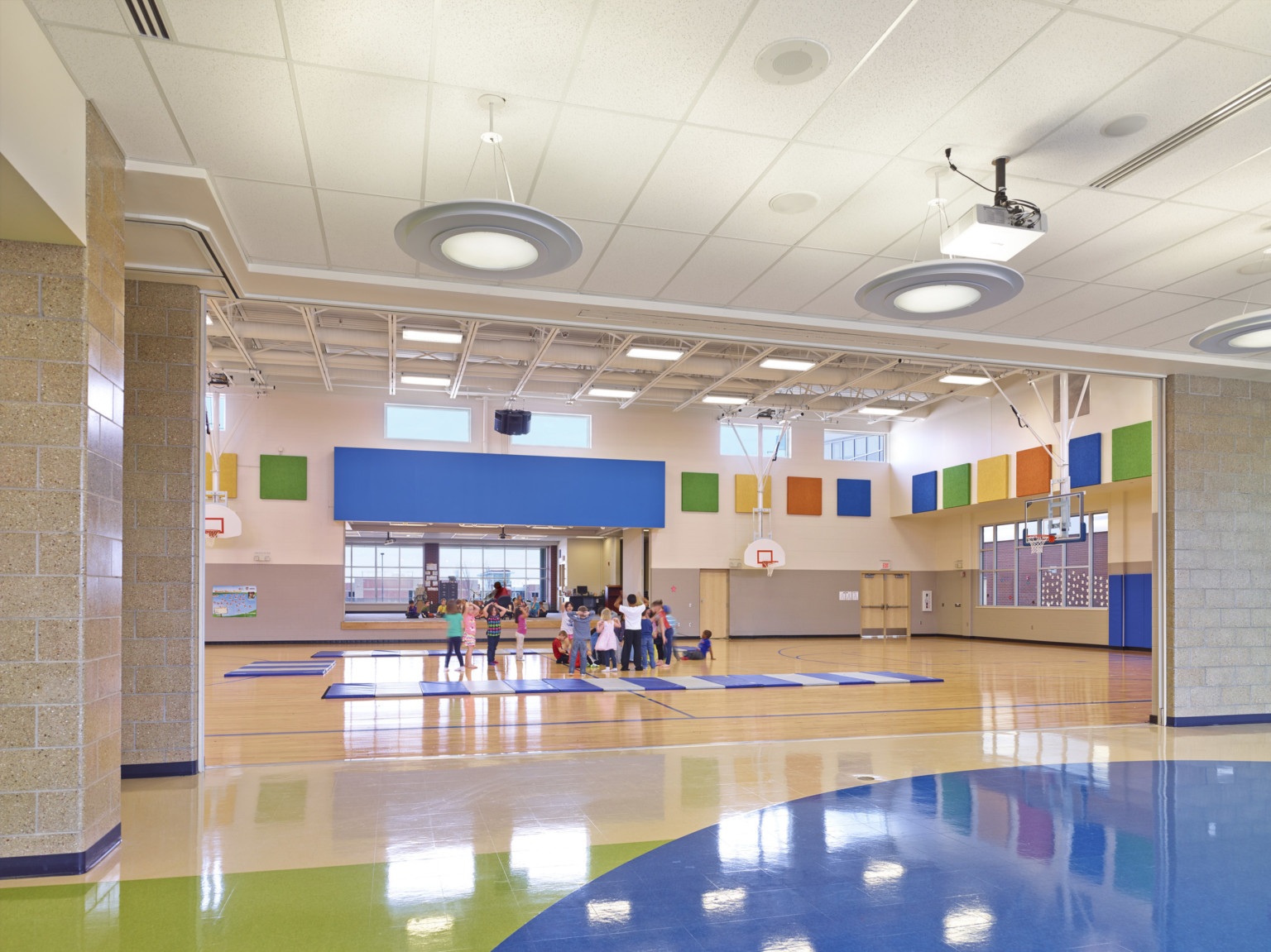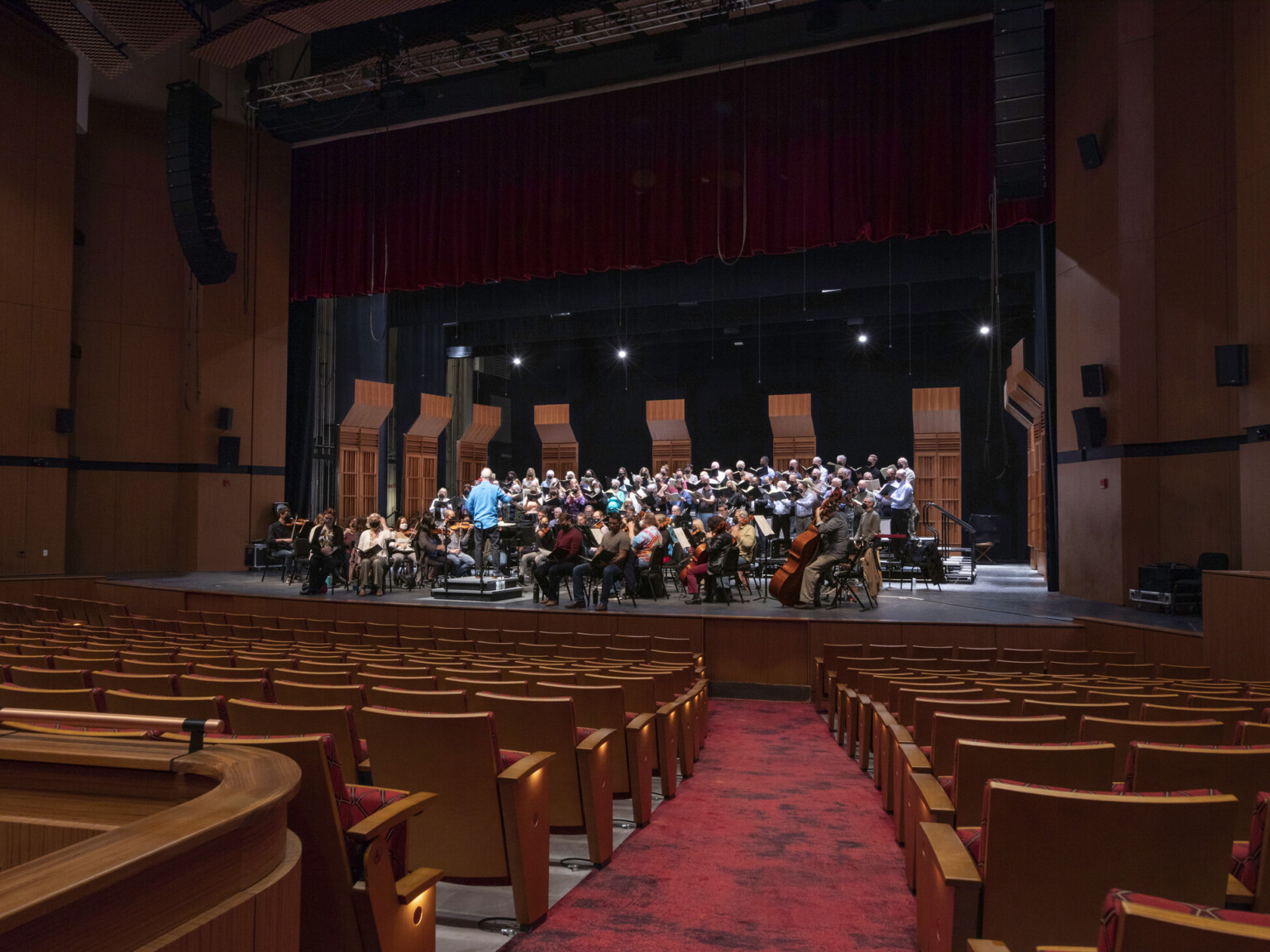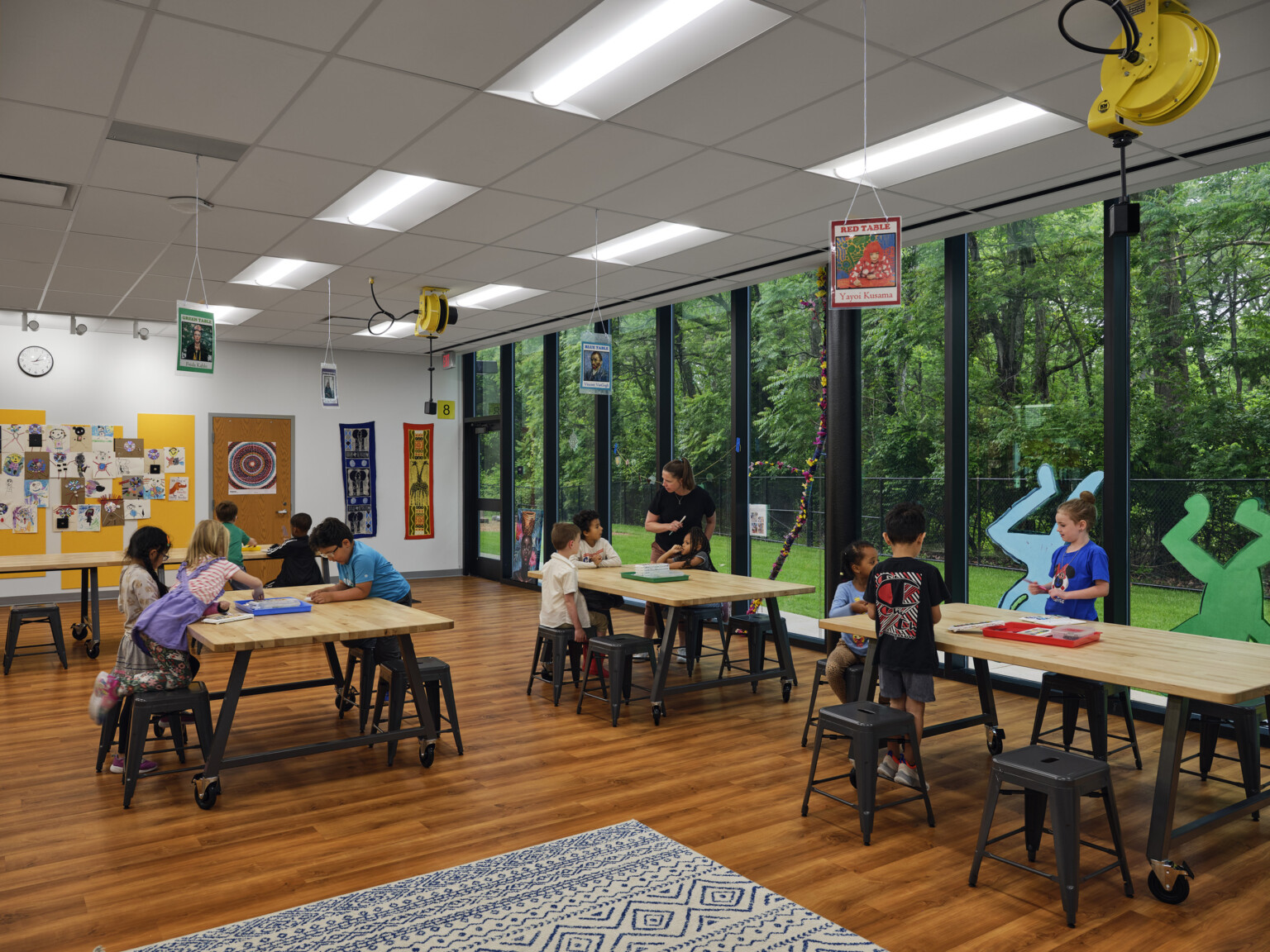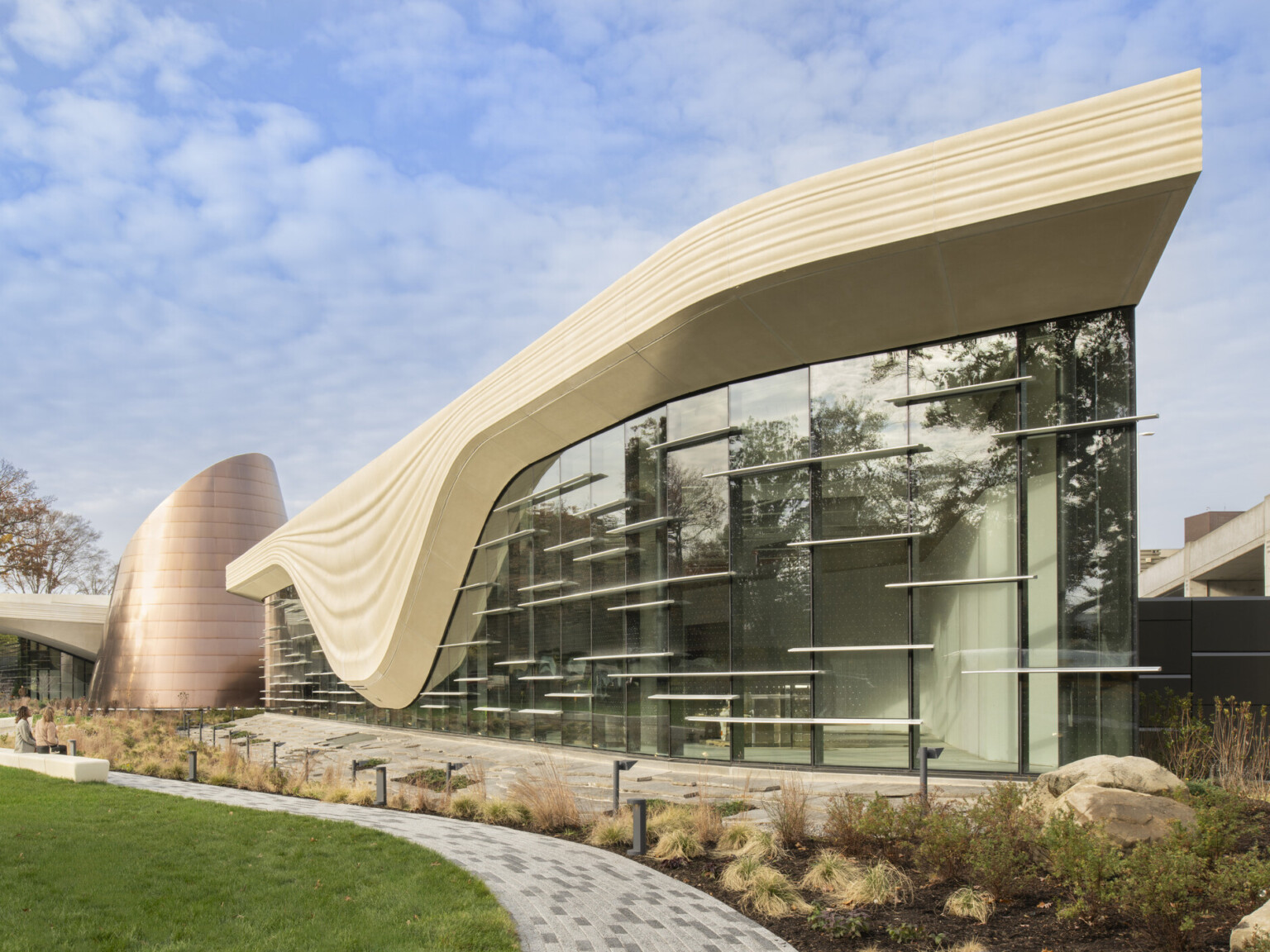
All the Design Elements We Cannot See
A unique aspect of our process includes advanced sensory technology to provide indoor indoor environmental quality testing as part of the conditions assessment procedure. A recent report from the World Green Building Council outlines the benefits of optimizing the IEQ in schools, which concludes that IEQ can have a profound impact on students’ cognitive function and performance. But optimizing the environmental quality of schools involves much more than air sensors. A holistic master planning process enables clients to think beyond a bare-bones conditions assessment approach to think comprehensively about building performance. This was exactly what occurred at the Barrington School District 220 in Barrington, Ill.
The following case study gives a full overview of the survey, study, and results of this process documenting 12 schools and an administrative building to qualify and quantify the holistic building performance. Our client’s “report card” measured energy performance, thermal comfort, indoor air quality, visual comfort, and acoustical satisfaction.
Case Study
Pulling back the curtain on holistic building performance reveals how one school district used data to improve air quality and maximize taxpayer dollars.
Read the full case studyUltimately, while data, analysis, and recommendations play an important role in any holistic master plan to help clients make informed decisions affecting facility budgets, the greater value may lay in the deeper conversations that occur between agency and individual users. This kind of transparency and communication goes a long way in improving services for a community. Pulling back the curtain on all the things we cannot see equips everyone to better understand – and embrace – a more holistic approach to district planning.









